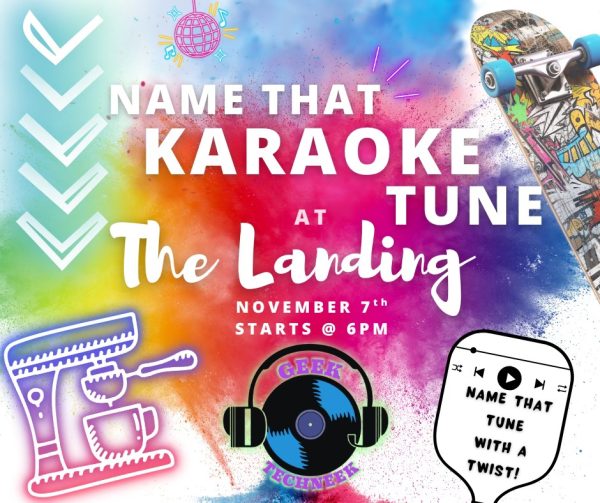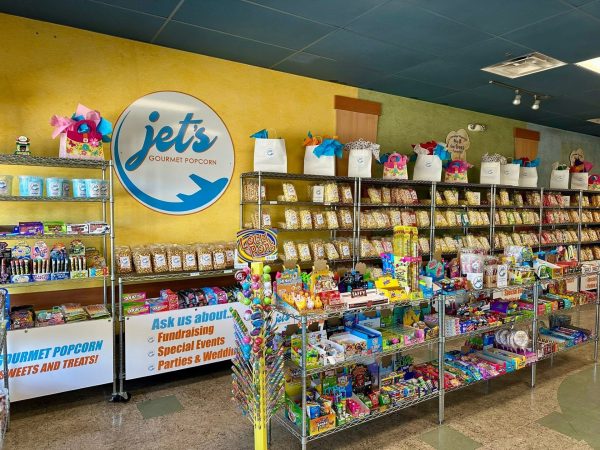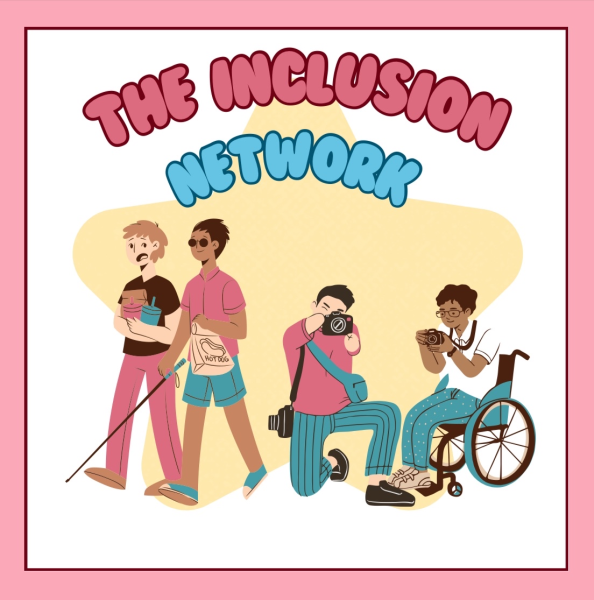Streaming Services
The Rise, Good, Bad, and Possible Future of Streaming
Netflix, Hulu, Disney+, Amazon Prime, HBO Max, Paramount Plus, and many other streaming services have been exploding in popularity with people. Especially over the past year or so with the COVID-19 pandemic going on. This has caused many people to question whether things like Cable or Satellite TV and movie theaters are still needed in society.
Netflix began streaming movies and television shows between 2006-2008 and since then, the idea of streaming movies and TV from your home has grown exponentially. As said in the PACE Technical website, “Nowadays, streaming relies on an Internet connection to play media titles and even live broadcasts. This technology began in the early 1990s and has been revolutionized in recent years by companies such as YouTube, Netflix, Spotify, Pandora, and Hulu. These services deliver television shows, movies, music, and games to your computer. These services are front and center of the new mobile device revolution. With smartphones and tablets becoming viable computing options, users have more choices on where and when they can watch streaming media. This kind of on-the-go consumption creates a beneficial situation for businesses as well, as all the multimedia information can be shared and accessed at a simple touch of a user’s finger.”
There are many advantages to using streaming services as opposed to TV or theaters. The whole idea of streaming services is to provide people with their favorite movies and TV from the comfort of their own home, you don’t have to get dressed or go anywhere to enjoy your favorite movies and TV shows. This is especially good if you still don’t feel comfortable going outside due to the pandemic. Another advantage is that many streaming services have even provided their own original shows or movies available via those streaming services. Disney+ has WandaVision, Netflix has The Witcher, Hulu has The Handmaid’s Tale, Amazon Video has The Boys, and so on. Possibly the biggest advantage is that you can watch the TV shows and movies that you want at your own pace. You don’t have to try and adjust your schedule just to make sure you can see what the new TV show or movie you’ve been wanting to see for weeks. With streams services, you can put things like schoolwork or your job first and then sit back and enjoy.
Most streaming services also have the advantage of being cheaper than some TV cable packages. Subscribing for about $13.99 per month is cheaper than paying anywhere from $49.99 to $102 a month for Spectrum or paying $64.99 a month for DISH Network. You would also not need to worry about bad weather damaging any cable connections or satellite dishes. Streaming services can also be useful with movie theaters having closed down during the pandemic. Because of those closings, several studios decided to release movies that they originally planned for theaters onto the streaming services. For example, the live-action remake of Mulan was released to Disney+ and Wonder Woman 1984 was released to HBO Max. This makes it so you can watch new movies while not taking any risks by going to a theater, it also gives you an option if there was a theater in your area that had to close down permanently due to COVID-19.
Of course, there are disadvantages to streaming services as well. One of them being the case of live broadcasting. As James K. Willcox said for the Consumer Reports website, “Live local broadcasts aren’t available from every service in every TV market—and entire channels are missing from certain services. As just one example, Sling TV doesn’t have CBS anywhere in the country. You need to check carefully to make sure a particular plan delivers the channels you want.” Another disadvantage is that while currently, the prices are cheaper, many companies tend to increase the prices of service subscriptions. Possibly the largest disadvantage of a subscription service is the fact that you need to have an Internet connection to access them. So that will not only add the costs of Wi-Fi and Internet services, but that also means if the Internet suddenly goes out where you are for whatever reason, then you won’t be able to access the services. Streaming services also will not have everything available in terms of options. As Julia Humphrey said on the Odyssey website, “Unfortunately much of the content offered doesn’t last forever. Unless something is specific to the platform (e.g a Netflix/Hulu/Amazon Prime original), it will eventually disappear. Some movies return, some don’t, and others are never available to instantly stream.”
One potential disadvantage is that streaming services can be addictive. Many people can relate to watching a really good show and just wanting to watch the next episode, but that can sometimes get in the way of more important things. As Kishore Sabareeshan said in a 2020 article for the AsiaOne website, “In a lockdown scenario, watching shows and movies is one of the only entertainment sources for most of us, so it’s easy to put all our eggs in this basket. However, too much content can’t be good because you run the risk of losing track of time. Your inability to peel away from a gripping show can affect other parts of your life.” There’s also possible eye damage, if you’re standing too close to the bright TV or staring at it in a dark room while binge-watching your favorite show, then it can cause strain to your eyes. It can also potentially cause to you lounge around for hours in the same spot, which can lead to strain on your spine due to bad posturing.
As stated before, these streaming services have shown to be very successful, as Senior Content Producer at The CEO Magazine, Ian Horswill said in an article, “Disney+ had a staggering 94.9 million subscribers globally, Hulu had 39.4 million subscribers and ESPN Plus had 12.1 million, it announced in its first-quarter 2 Jan. 2021 financial result. At the start of the quarter, the company told investors Disney+ had a goal of 90 million subscribers by 2024, which has since been revised to between 230 and 260 million.” These streaming services have millions of people subscribing to them and a lot of money is getting raked in because of it.
Many people are liking the idea of having access to this entertainment in their own homes. To the point where some people believe that it is replacing the need for things like theaters, even if some believe that is not the case, like Julia Humphrey said on the Odyssey website, “Let’s face it, streaming platforms are slowly killing the movie industry. With many movies eventually ending up on Netflix, Amazon Prime, Hulu, etc., no one really needs to worry about paying for a movie ticket. The problem? The experiences are too different. Sure, you can watch a great blockbuster on a five-inch screen, but it won’t be nearly as immersive and enjoyable of an experience. In a movie theater, you have the luxury of watching a film on a screen that stretches almost from the floor to ceiling. Watching shows on a computer or a television screen can offer a better view than one from a phone or a tablet, but you still don’t get the full theater experience Absolutely take advantage of what streaming platforms offer, but remember to enjoy them in the best way possible from time to time.” Humphrey is saying that there is a kind of immersion when watching a movie in a theater.
So it is possible that other people feel the same way and still go to theaters to try and support them. However, there is a chance that streaming services making movie theaters obsolete is inevitable. Especially after the COVID-19 outbreak caused many theaters to close down. The most likely future will be that while Cable and Satellite TV will still be around due to the fact that streaming services are restricted by what company owns them while TV networks do not have that restriction. However, there is a good chance that movie theaters will eventually end up phased out by streaming services, it will likely not happen anytime soon, there’s not even a guarantee that it will happen at all, but with the rising popularity and with more of these services arriving, it becomes more and more likely.
Streaming services have become quite the phenomenon, it’s been around for a while now, there are plenty of advantages and disadvantages to using it over normal TV and movie theaters, and it’s likely that they’re here to stay and will slowly phase out theaters. These services make large amounts of money and have millions of people subscribe to them, and they’re clearly not going anywhere anytime soon.

Tyler Leach is a 20-year-old from Ironton, Ohio. This is his second year at Shawnee State University, he is going for a major in English/Communications...





